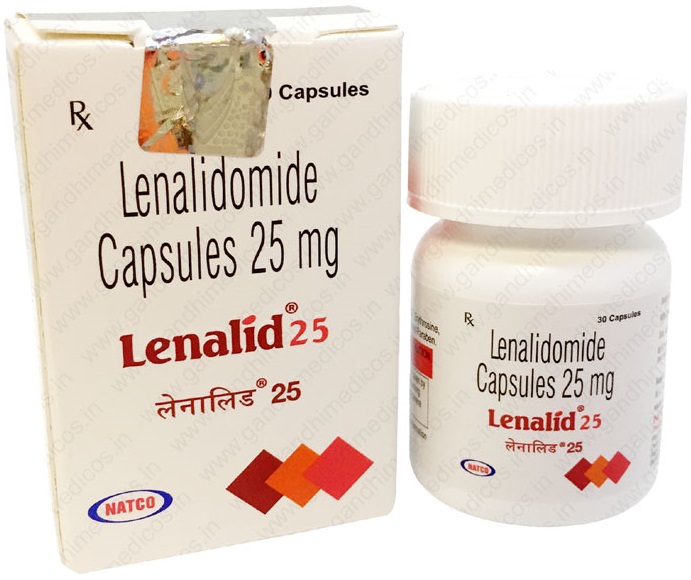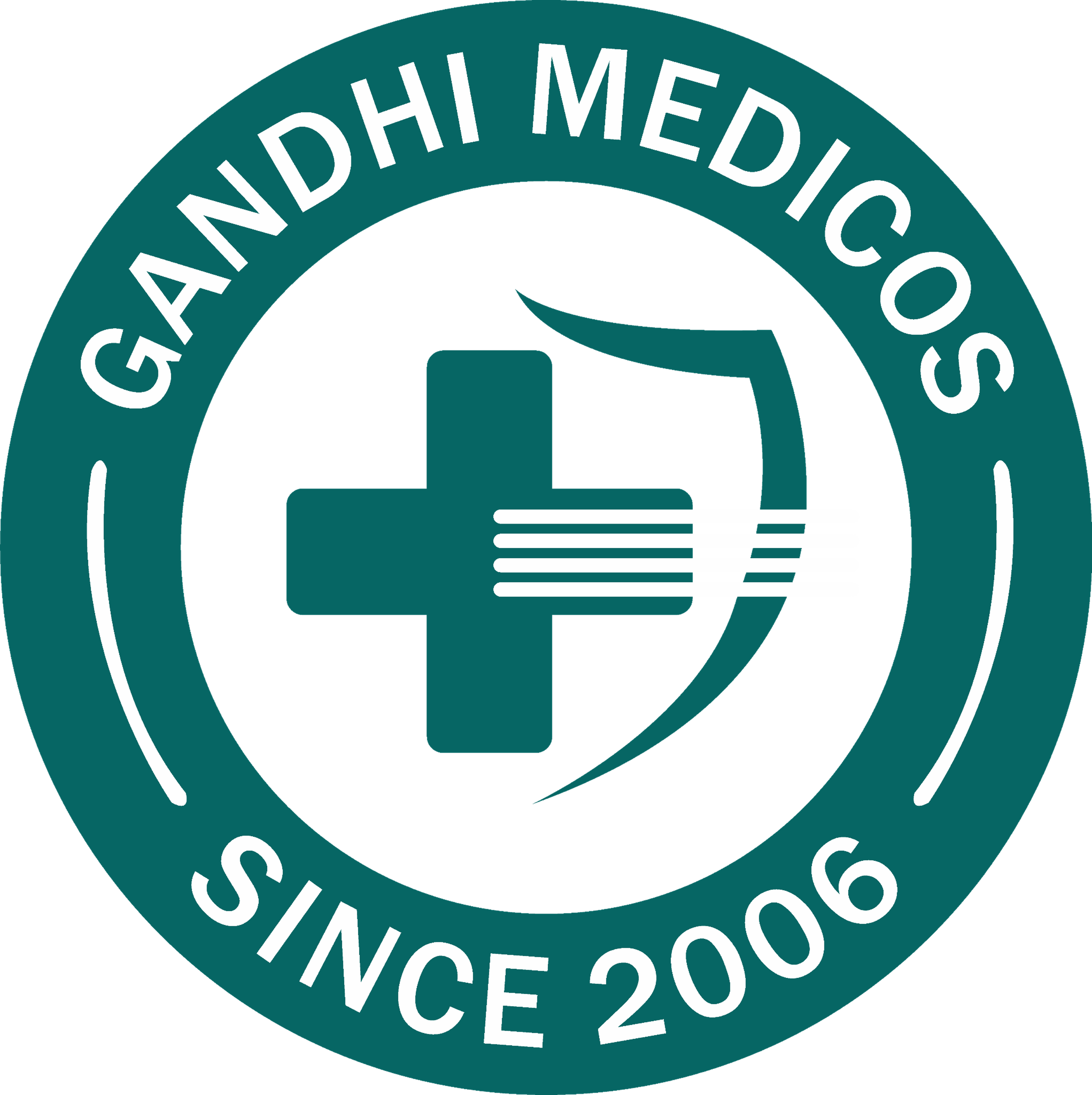What are Myelodysplastic Syndromes (MDS) and It’s Causes and Treatment
Myelodysplastic Syndromes
Myelodysplastic syndromes or MDS is a group of disorder that results from the blood cells that don’t work properly or is formed poorly. This type of syndrome is caused within the bone marrow, a spongy material that lies inside the bones, wherein blood cells are formed. MDS is a kind of blood cancer that interferes with your body’s functionality to develop healthy blood cells.
Causes
The function of bone marrow in a healthy body is to develop immature, new blood cells that gradually mature with time. MDS usually occurs when this natural process gets disrupted, and the blood cells fail to mature over time. The blood cells which should develop normally start dying after entering your bloodstream or within your bone marrow. With time, this results in developing more defective and immature cells instead of growing healthy ones. This causes several problems such as fatigue due to low RBC count or anemia, low WBC count leading to leukopenia or infections, and even bleeding resulting from low blood-clotting platelets count or thrombocytopenia.
In many cases, MDS has no cause at all, while others can get MDS due to exposure to treatments for cancer, including radiation, chemotherapy, benzene-like toxic chemicals, etc. Doctors prescribe lenalidomide 25 mg to help victims fight MDS and delay the symptoms.
Symptoms of Myelodysplastic Syndromes
Although people having Myelodysplastic Syndromes may not experience any signs or symptoms in the initial stages, however, with further advancement of their health condition, they can experience the following symptoms-
- Breath shortness
- Fatigue
- Unusual bleeding, all bruising which are caused due to low blood platelet count
- Leukopenia or frequent infections occurring as a result of low WBC count
- Petechiae
Treatment
For Myelodysplastic syndromes, several medications are given by the doctor, such as Lenakast and lenalidomide, which helps to slow the symptoms and disease and helps in preventing further complications. Some other effective measures include boosting blood cell formation by blood transfusion and bone marrow transplant, also known as stem cell transplant. A stem cell transplant is especially recommended when your bone marrow has to be replaced with a healthy bone marrow given by a donor. Following are the common treatment methods for Myelodysplastic Syndromes:
- Transfusions– Platelets or RBC is given to the patient’s body through their veins to improve their low platelets or RBC counts.
- Antibiotics: Several kinds of antibiotic treatment are prescribed to the patient that can help them to lower the lifetime risk for different kinds of infections which are mainly caused due to low white blood cell counts.
- Growth factors: Several growth factors are another way of treatment that can help your bone marrow to develop platelets, RBCs, and WBCs rapidly to make up for low blood counts.
- Chemotherapy at low intensity: Chemotherapy refers to weaker drugs that are given to the patient at low doses and help them to reduce their chance of developing serious side effects.
- chemotherapy at high intensity: It refers to strong drugs which are given to the patient at very high doses which help in treating MDS and are given before stem cell transplant.
- Immunotherapy: Immunotherapy is also known as biological therapy and helps the person suffering from MDS to develop a strong defense system within the body and fight the disease effectively.
- Stem cell transplant- Bone marrow transplant, also known as stem cell transplant, is a long-term remission for MMDS. Here higher dose chemotherapy is given to destroy the stem cells within the bone marrow and is then replaced with the donor’s healthy stem cells.




 :
:  +91 – 9999064250 | 9811604444 | 9811604424
+91 – 9999064250 | 9811604444 | 9811604424


